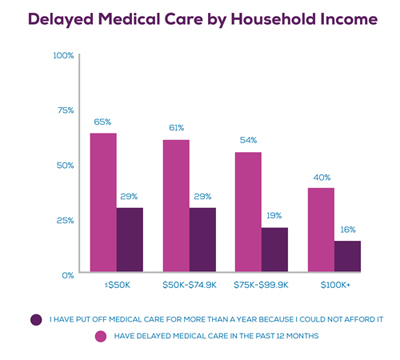Friday Five: Top 5 healthcare business news items from the MCOL Weekend edition
Every business day, MCOL posts feature stories making news on the business of health care. Here are five we think are particularly important for this week:
As Hospitals Post Sticker Prices Online, Most Patients Will Remain Befuddled
As of Jan. 1, in the name of transparency, the Trump administration required that all hospitals post their list prices online.
Kaiser Health News
Friday, January 4, 2019
Bristol-Myers to Acquire Celgene in Deal Worth $74 Billion
Bristol-Myers Squibb said on Thursday that it would buy Celgene, a maker of cancer-fighting drugs, in a cash-and-stock deal valued at $74 billion, the first major pharmaceutical deal of 2019.
NY Times
Friday, January 4, 2019
Drug companies greet 2019 with U.S. price hikes
Drugmakers kicked off 2019 with price increases in the United States on more than 250 prescription drugs, including the world’s top-selling medicine, Humira, although the pace of price hikes was slower than last year.
Reuters
Thursday, January 3, 2019
Ransomware, phishing attacks top new HHS list of cyberthreats in healthcare
Email phishing attacks, ransomware attacks and attacks against connected medical devices are among the greatest cyberthreats that health systems need to protect against, according to new cybersecurity guidance for health systems from the Department of Health and Human Services.
Fierce Healthcare
Wednesday, January 2, 2019
Link between readmission rates, mortality rates back under scrutiny
A new study shows a statistically significant correlation between lower readmission rates and higher mortality rates for patients with heart failure and pneumonia, renewing questions about the efficacy of the Center for Medicare and Medicaid Services' Hospital Readmissions Reduction Program (HRRP).
Fierce Healthcare
Wednesday, January 2, 2019
These and more weekly news items on the business of healthcare are featured in the MCOL Weekend edition, along with the MCOL Tidbits, and more, for MCOL Premium level members.

 Share This Post
Share This Post 


